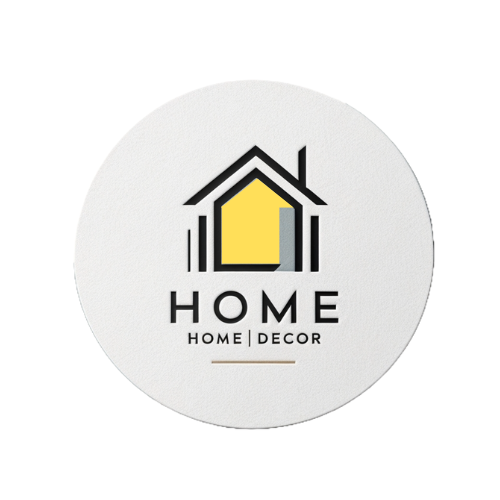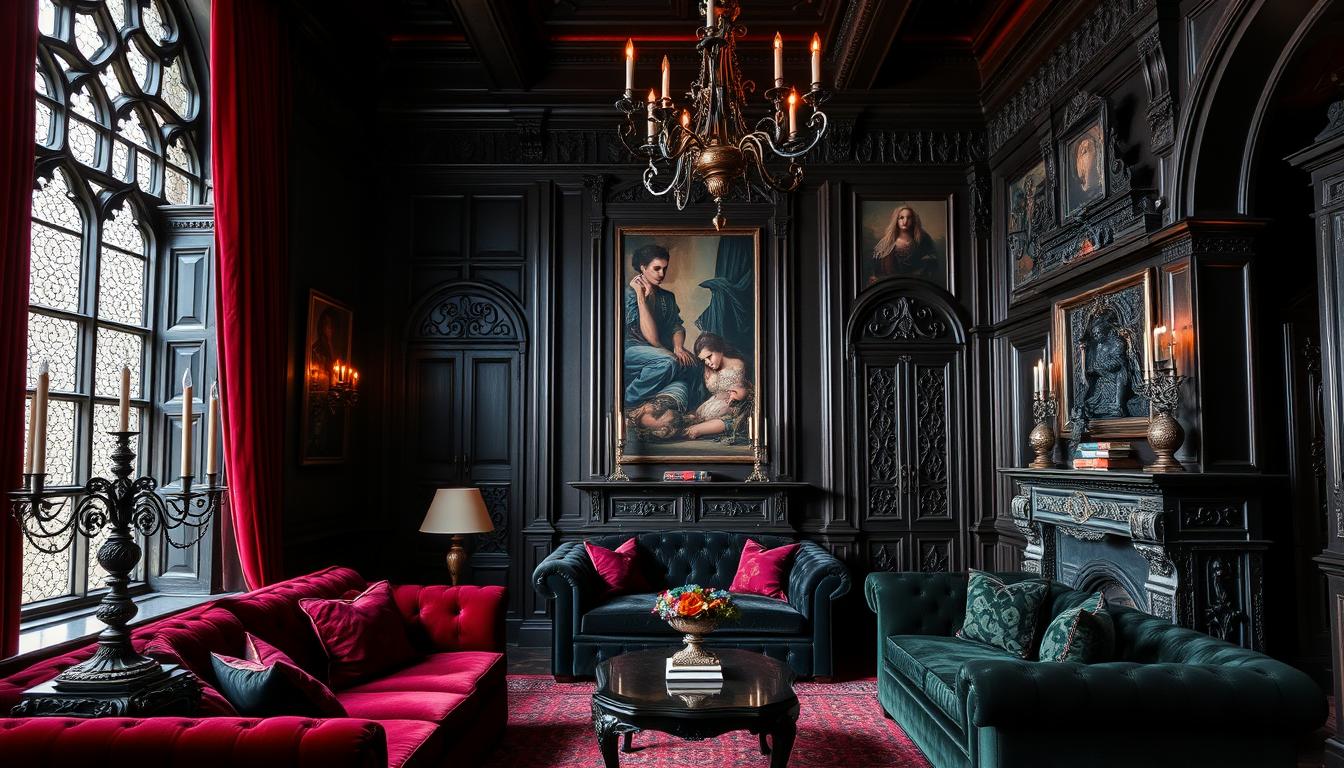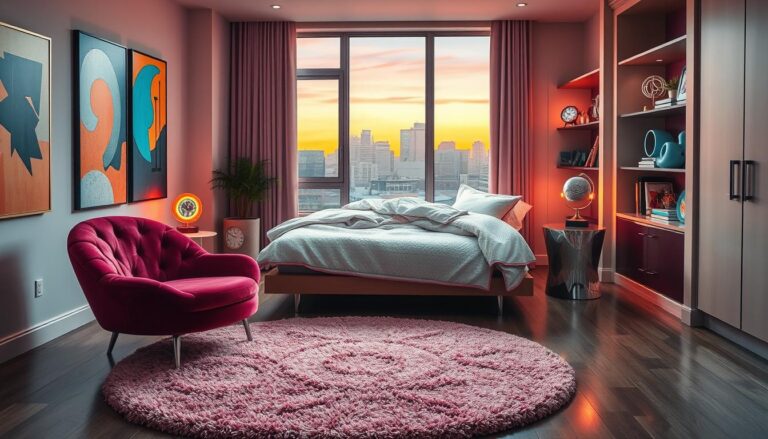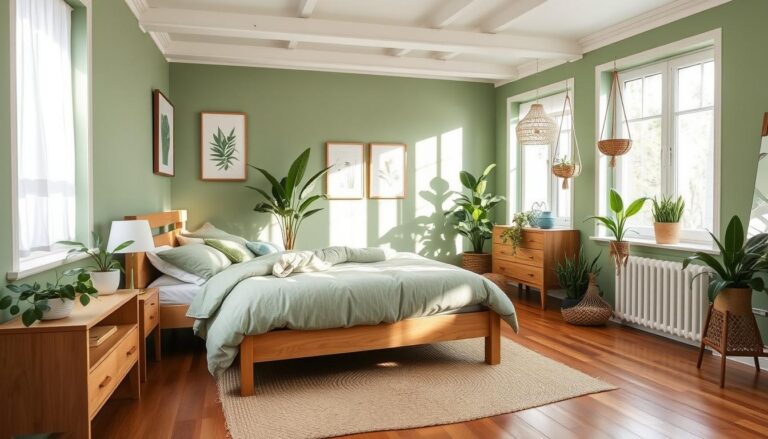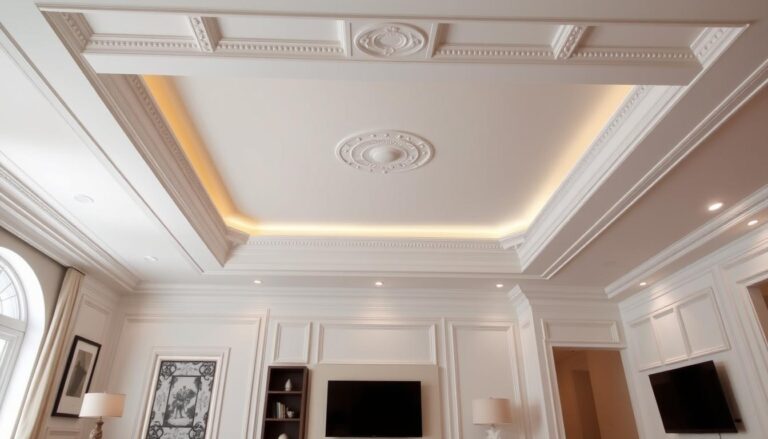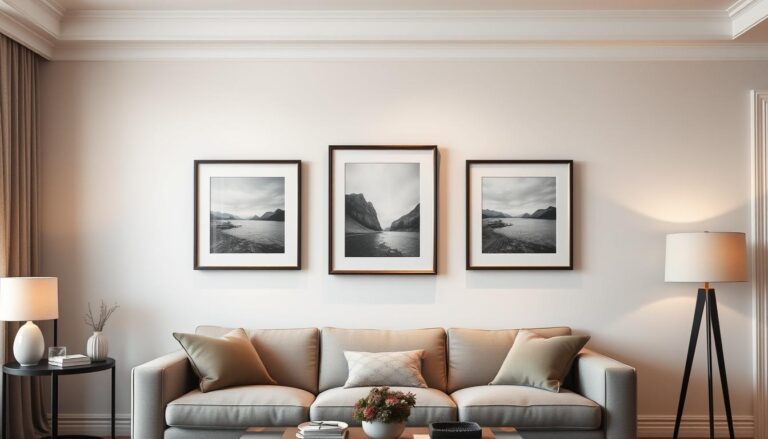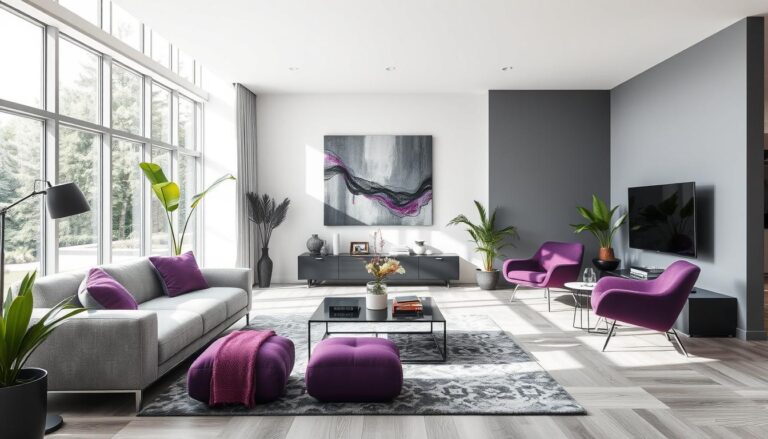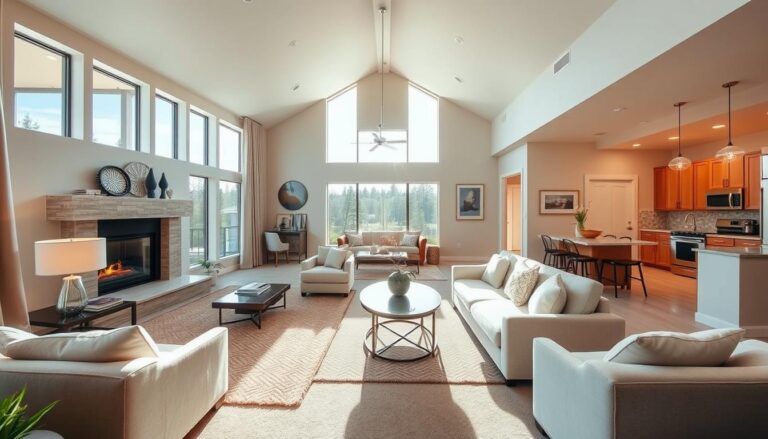Gothic Interior Design: Dark Colors and Luxurious Textures
As evening shadows fell, Sarah was amazed by her living room’s change. Her gothic interior design had turned it into a dark, elegant space. The velvet curtains, burgundy walls, and carved furniture showed a design that’s more than just pretty.
Gothic interior design is an experience that takes you deep into dark colors and textures. It turns simple rooms into places of drama and sophistication. Whether it’s a medieval castle or a modern apartment, gothic design captures the heart with its bold look and deep feelings.
Choosing gothic design means more than just picking colors and furniture. It’s about telling a story of elegance, mystery, and beauty. If you love design or want to add depth to your home, gothic design is a unique way to show your style.
Key Takeaways
- Gothic design transforms spaces with dramatic dark colors
- Luxurious textures are central to the gothic aesthetic
- The style blends historical influences with modern sensibilities
- Gothic interior design creates emotional and immersive environments
- Attention to intricate details defines the gothic approach
Understanding Gothic Interior Design: Historical Origins and Modern Appeal
Gothic design is a journey through history, from medieval castles to today’s homes. It brings drama and sophistication to interior design.
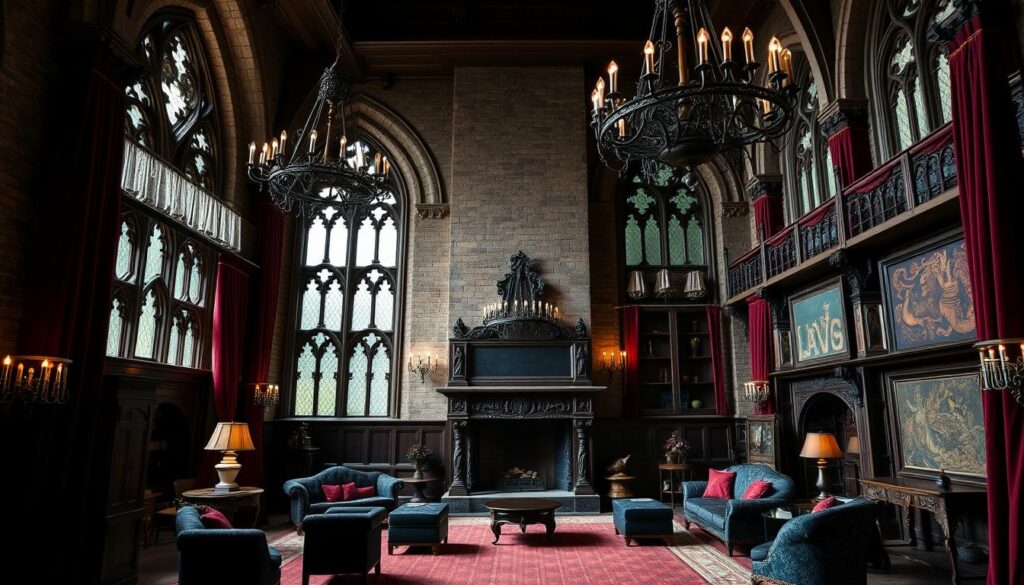
Gothic architecture started in 12th-century France. It changed building design with new techniques. Today, it influences modern homes, like those with vaulted ceilings.
Medieval Influences on Contemporary Gothic Design
Modern Gothic design takes cues from medieval buildings. It keeps key features like:
- Dramatic vertical lines and pointed arches
- Intricate stone and woodwork details
- Rich, deep color palettes
- Emphasis on architectural grandeur
The Renaissance of Gothic Style in Modern Homes
Today, designers update medieval decor for modern homes. The Gothic style mixes history with elegance.
| Medieval Origin | Modern Interpretation |
|---|---|
| Stone Walls | Textured Wall Treatments |
| Stained Glass Windows | Decorative Glass Panels |
| Ornate Carvings | Sculptural Architectural Elements |
Key Elements of Gothic Architecture in Interior Spaces
Adding Gothic elements makes rooms special. Vaulted ceilings add height and drama. Designers use these elements to create spaces that feel both old and new.
Dark Color Palettes: Creating Drama and Sophistication
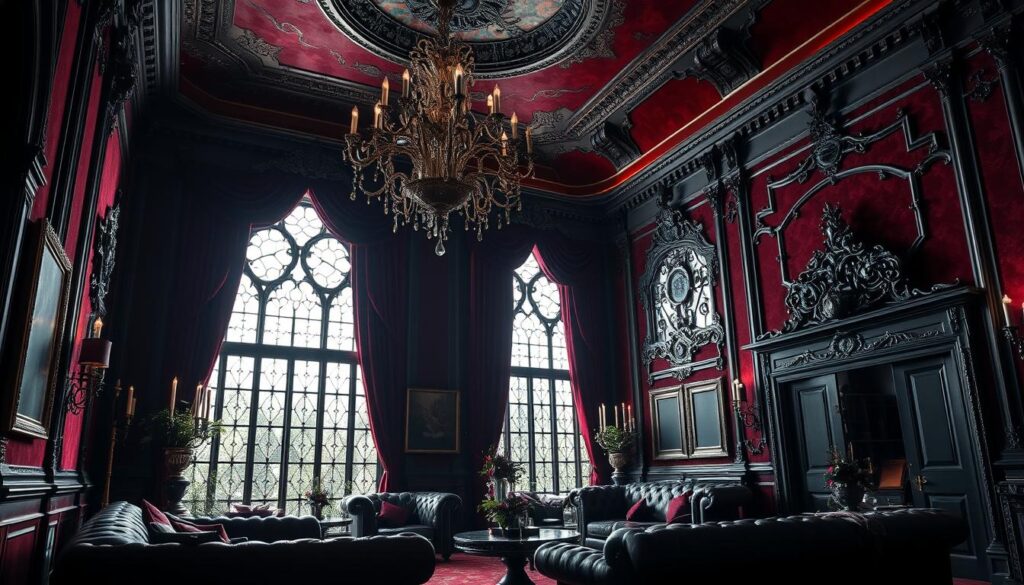
Dark colors are key in gothic interior design. They turn spaces into dramatic and elegant places. To get it right, you need to know how to use deep, rich colors well.
Choosing the right dark colors is all about planning. You want a space that feels both intense and classy, not too much. Here are some colors to consider for a gothic room:
- Midnight Blue: Creates depth and mystery
- Deep Burgundy: Adds warmth and luxury
- Charcoal Gray: Provides sophisticated neutrality
- Forest Green: Introduces natural richness
- Velvet Black: Delivers ultimate dramatic impact
Using dark colors right is more than picking bold colors. You also need to think about lighting and other colors to avoid feeling trapped.
| Color | Emotional Impact | Recommended Spaces |
|---|---|---|
| Midnight Blue | Mysterious, Calm | Bedrooms, Study |
| Deep Burgundy | Passionate, Luxurious | Living Room, Dining Area |
| Charcoal Gray | Professional, Sophisticated | Home Office, Library |
Lighting is very important in gothic design. The right lights can make dark colors look amazing, adding depth to your space.
Essential Elements of Gothic Interior Design
Gothic interior design turns homes into dramatic and captivating places. It focuses on rich architectural details and unique elements. These create a mysterious and elegant atmosphere. Knowing the key elements helps you create a mesmerizing Gothic-inspired space.
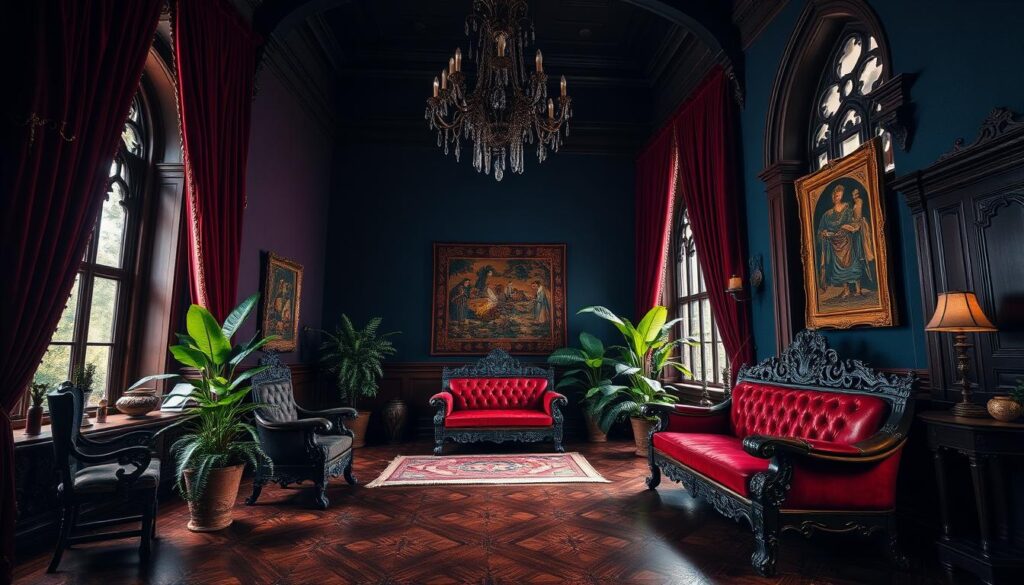
Ornate Carvings: Architectural Masterpieces
Ornate carvings are key in Gothic design, adding depth to your space. They turn simple surfaces into stunning art pieces. Wood panels, stone sculptures, and detailed moldings show the craftsmanship of Gothic style.
- Wooden wall panels with intricate geometric patterns
- Stone sculptures featuring mythical creatures
- Detailed ceiling medallions with complex designs
Dramatic Lighting: Creating Atmospheric Spaces
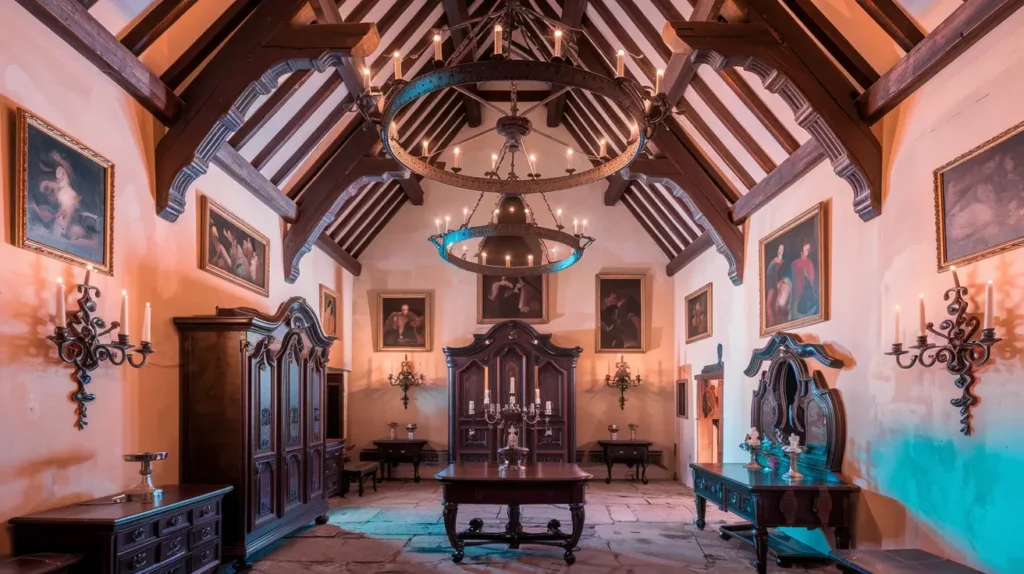
Dramatic lighting is vital in Gothic design. It changes your room’s feel with careful light placement. Wrought iron chandeliers, candelabras, and wall sconces add layers of light, making the space mysterious.
| Lighting Type | Mood Created | Recommended Placement |
|---|---|---|
| Chandelier | Elegant and Grandiose | Central Living Areas |
| Wall Sconces | Intimate and Shadowy | Hallways and Bedrooms |
| Candelabras | Romantic and Mysterious | Dining Areas |
Stained Glass Elements: Artistic Visual Statements
Stained glass adds color, light, and art to Gothic interiors. It can be used in windows, room dividers, or panels. Choose pieces with deep colors and detailed designs to capture the Gothic style.
- Window panels with medieval-inspired designs
- Decorative glass room screens
- Stained glass lamp shades
Luxurious Textures and Materials in Gothic Decor
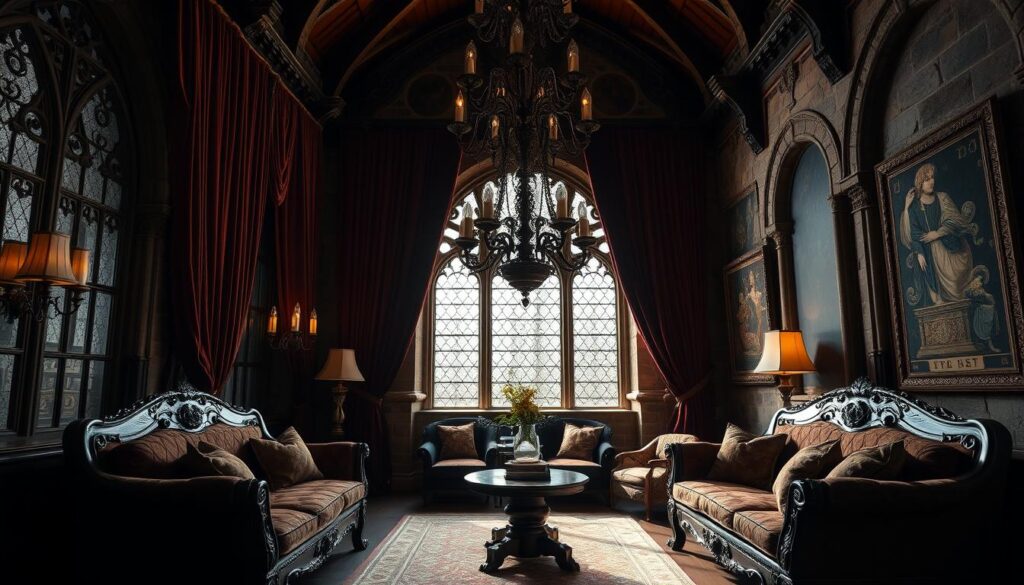
Gothic interior design loves rich, dramatic textures. These textures turn spaces into amazing places. Your journey into luxurious Gothic decor starts with understanding the power of sumptuous materials.
Choosing the right textures is key for a true Gothic atmosphere. Velvet is a top fabric, with deep, intense colors and a luxurious feel. Leather and heavy brocades add depth and sophistication to your spaces.
- Velvet upholstery in deep burgundy or midnight blue
- Leather armchairs with intricate wrought iron accents
- Brocade curtains with elaborate patterns
- Dark wood paneling with rich grain textures
Wrought iron accents are vital in Gothic design. They bring structural elegance and intricate details to rooms. Use wrought iron in:
- Candle holders
- Decorative wall sconces
- Stair railings
- Picture frames
Antique furniture is the heart of Gothic decor. Look for pieces with carved wooden details, ornate brass hardware, and a strong presence. Dark mahogany, walnut, and oak make dramatic statements while keeping a timeless look.
Stone and metal surfaces also add to the Gothic look. Think about stone fireplace surrounds, metal-trimmed tables, and sculptural elements. These show the raw beauty of natural materials.
Furniture Selection and Placement for Gothic Spaces
To create a stunning gothic interior design, choose furniture carefully and place it thoughtfully. Antique furniture is key, bringing the dramatic style to life. It turns your living spaces into captivating historical tales.
Choosing Period-Appropriate Pieces
When picking furniture for gothic design, look for pieces that show the style’s rich heritage. Here are some important traits:
- Dark wood materials like mahogany and walnut
- Intricate carved details and ornamental elements
- Heavy, substantial furniture with vertical lines
- Pieces featuring arched or pointed design elements
Balancing Modern Comfort with Gothic Style
Mix historical charm with modern comfort by choosing antique furniture that looks good and works well. Update old pieces with rich velvet or leather. This keeps the gothic feel while adding comfort.
Statement Pieces and Focal Points
Make a big visual impact with standout pieces. Think about:
- Canopy beds with elaborate wooden frames
- Large ornate armoires with detailed carvings
- High-backed chairs with intricate woodwork
- Grand dining tables with substantial presence
Each piece should add to your gothic space’s story. It should tell a tale of elegance and mystery.
Creating Gothic Ambiance with Decorative Accents
To turn your space into a Gothic wonderland, pick decorative accents with care. Gargoyle statues are key, making any room feel dramatic.
Adding Gothic touches can really make your space pop. Here are some tips:
- Integrate intricate gargoyle statues on shelves or mantels
- Use atmospheric lighting to create dramatic shadows
- Display medieval-inspired tapestries and artwork
- Incorporate dark, ornate mirrors with elaborate frames
Textures are important for a true Gothic feel. Velvet pillows, brocade curtains, and old candelabras can make any room feel mysterious and elegant.
| Decorative Element | Gothic Impact | Recommended Placement |
|---|---|---|
| Gargoyle Statues | High Drama | Bookshelves, Entryways |
| Stained Glass | Atmospheric Lighting | Windows, Room Dividers |
| Wrought Iron Accents | Architectural Interest | Wall Decor, Candle Holders |
